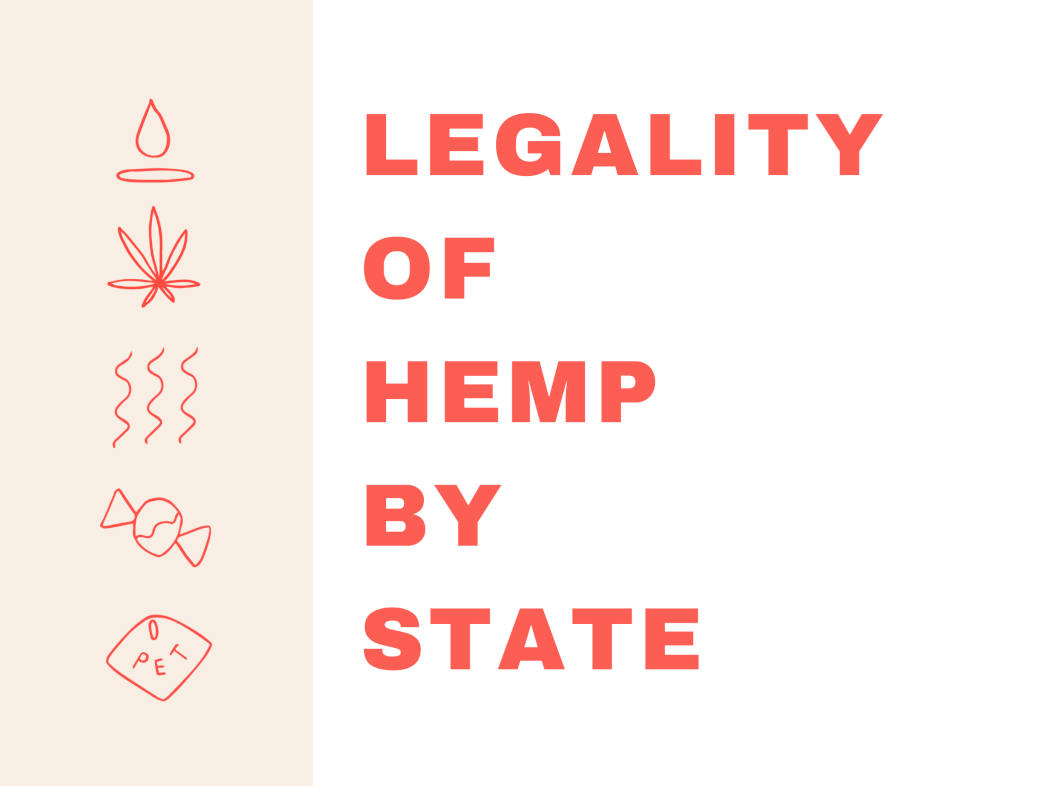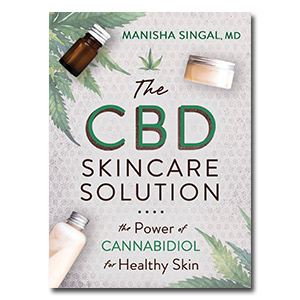
While many people believe that CBD is safe to use, there are some risks to using it if you are taking other medications. CBD interactions could cause side effects, especially if CBD is being used with antihypertensive drugs or epilepsy drugs. Moreover, the drug's effects on your body can be enhanced by taking a dose of CBD with an antihypertensive medication.
Your physician should be consulted before deciding on a dosage. The following is a list of some common medications and their interactions with CBD. The following list does not mean that CBD cannot be taken, but it is important to know the names of some common medications. High doses of CBD can cause adverse reactions and increase the medication's potency.
Anti-anxiety medication are some of the most dangerous and common interactions with CBD. Anti-anxiety drugs such as benzodiazepines and pheniramine can reduce the effectiveness of CBD and may increase the risk of side effects. For this reason, doctors advise against mixing these types of drugs with CBD.

CBD can have an effect on the endocannabinoid systems (ECS). This is a system which regulates the body’s neurotransmitters. The ECS can be affected by disturbances in mood, nervous system, and physical health. You might experience insomnia or drowsiness, as well as other symptoms like headaches and fatigue. It is possible to experience symptoms such as fatigue, vomiting or pyrexia.
Some anti-hypertensive medications, such as calcium channel blockers, potassium channel blockers and diuretics can increase your serum concentration of CBD. They can also cause a drop of blood pressure which can cause fainting.
CYP enzymes are a class of enzymes that can break down many prescribed medication. The liver metabolizes CYP2C19 (and CYP3A4). The liver cannot metabolize CYP1A2 & CYP2C8. Check the label if you're taking prescription medication.
Meglitinides, a type of drug used to treat diabetics, are metabolized in CYP2C8. CBD inhibits the metabolism of meglitinides causing them accumulate in the system. The combination of meglitinides and insulin can cause hypoglycemia. This is dangerous.

CBD also has an effect on theophylline, which is an asthma medication. CBD is also known to block the metabolism of tacrolimus (a medication used to prevent transplant rejection).
Another possible interaction is with HIV/AIDS drugs. These drugs can prolong CBD's life expectancy, but they can also negatively impact the body’s immune system. You should not take anti-HIV/AIDS medications without consulting a doctor.
People believe that CBD can lower blood pressure by taking a small amount. This can prove dangerous if combined with blood pressure or anti-hypertensive drugs. You may also experience an increase in blood thinners. They can cause traumatic bleeding if there are high levels.
FAQ
How much CBD do I need?
The type of product you are buying will determine how much dosing is required.
The majority of CBD oils are available in strengths between 100mg and 1,000mg per bottle.
Some companies make CBD products with specific dosages, such as 25mg, 50mg, 75mg, and 100mg.
Charlotte's Web, for instance, produces CBD products that are high in CBD and other cannabinoids.
Start with a low dosage if you are unsure if CBD is right for you.
You can always go higher later.
What is the difference in CBD prices between states?
Prices for CBD products vary widely depending on where you live. Prices can vary by as much as ten times depending on where you live.
Prices increase in the north. CBD is expensive in Alaska on average at $35 per gram. It costs in Hawaii around $200 pergram.
This trend is evident throughout the country. The prices range from $5 to more than $2,500 per gram.
Why is it happening?
One reason why prices vary so much is because of the varying levels of regulation. Some states require CBD products to contain minimal THC (the psychoactive element of marijuana). Other states don’t care about how much THC is in CBD products.
Because of this, some companies choose to sell their products in one state and then ship them to another state.
What are some common blunders that companies make when they venture into the US cannabinoid markets?
First, you need to be familiar with the regulations regarding cannabis products. This could result in you needing to alter your product formulation.
The second is not knowing how you should label your product. It is important to determine if your product contains CBD or THC.
Third, it is important to understand how to properly package your product. If your product contains THC, you need to ensure it is packed in child-resistant containers.
If your product is not containing THC, then it's important to follow all packaging regulations. There are many states that cannabidiol or CBD is legal.
You should also keep track of recalls that may have occurred with your products. If your product is defective, you should notify customers immediately.
What is the future in CBD?
The future for CBD is bright. It is easy to see why this sector is so popular. It's easy to see why this market is growing exponentially, with CBD products generating over $1 billion in global sales.
Statista reports that in 2019, global sales of CBD (cannabidiol) are expected to exceed $22.4 Billion. This represents a nearly 200% increase over 2018!
The CBD market is also forecast to grow at 22.5% compound annual growth rate, which would result in nearly $6.8B in revenue by 2022.
This is great news for companies looking to enter this space as well as those already operating in the sector. We must remember that the CBD market still has a lot of work ahead.
What CBD products are the most popular?
CBD products are becoming increasingly popular. CBD products are popular for their ability to relieve pain and anxiety. The market is big and growing fast.
But what do people buy CBD for? This is how it affects brand owners.
Well, according to Statista, CBD products are being bought for their relaxing effects. They are also used for their anti-inflammatory properties.
This means that you can sell your product for both medicinal and recreational purposes if it has CBD and THC.
But what about brands who are focused on one purpose only? For example, if a company sells CBD for stress relief, then it won't have much competition.
In addition, if a brand focuses on CBD for medical purposes, then it will have a large customer base.
If a brand wishes to reach recreational users, they must create a unique selling point (USP). A USP basically refers to a unique selling point that sets a brand apart.
Some brands offer free shipping while others offer bulk discounts.
Statistics
- A recent systematic review of human trials also reported that individuals with epilepsy receiving CBD (5–20 mg·kg−1·day−1) were more likely to experience decreased appetite than those receiving placebo (i.e., ~20 vs. 5% of patients) (ncbi.nlm.nih.gov)
- The inhibition of FAAH is predicted to lead to an increase in brain and plasma concentrations of AEA, which acts as a partial agonist at CB1R and CB2R, thereby increasing endocannabinoid tone [92, 110]. (ncbi.nlm.nih.gov)
- While the primary injury may not be treatable, interventions that attenuate secondary sequelae are likely to be of benefit [203].Only one study (ncbi.nlm.nih.gov)
- The use of these products is likely to become even more widespread if the World Health Organization's recommendation that CBD no longer is scheduled in the international drug control conventions is adopted by the United Nations member states [201]. (ncbi.nlm.nih.gov)
- CBD seems unlikely to directly influence sleep in healthy humans [115] (and maybe “sleep-promoting” in those with certain comorbid conditions) (ncbi.nlm.nih.gov)
External Links
How To
What are the most common problems in the CBD industry?
The current market for CBD-based products is expanding at a phenomenal rate. However, there are still many challenges facing businesses looking to enter this space. These include a lack consumer awareness, high-cost entry, limited access capital and regulatory uncertainty.
Many consumers don't understand what CBD is and how it works. This makes it difficult for consumers to make informed decisions on whether or not they want CBD products.
Many CBD companies depend heavily on word of mouth marketing. This is costly, as it requires advertising and the hiring of staff to promote their brand.
Another issue facing new entrants into the CBD industry is the high cost of production. CBD products require a lot of raw materials. To make CBD oil, hemp must be grown in certain climates and soil types.
Grow enough hemp to produce CBD oil requires approximately $1,000 per annum. Because of this, many small farmers are unable to afford to grow enough hemp for CBD oil.
Another challenge new entrants face in the CBD market is the lack of access to capital. Because of the stigma associated with this industry, many people are discouraged from opening a business.
There is also regulatory uncertainty around the sale of CBD products. There are currently no clear guidelines regarding how CBD products should be marketed.
Some states have passed legislation restricting the sale of CBD products, but this has yet to become national policy.
Only Nevada, Maine, and Nevada have legalized recreational pot.
Massachusetts and Michigan have considered similar measures.
These changes could lead to increased competition between CBD manufacturers.
As a result of these factors, many entrepreneurs choose to work from home rather than start a physical business.